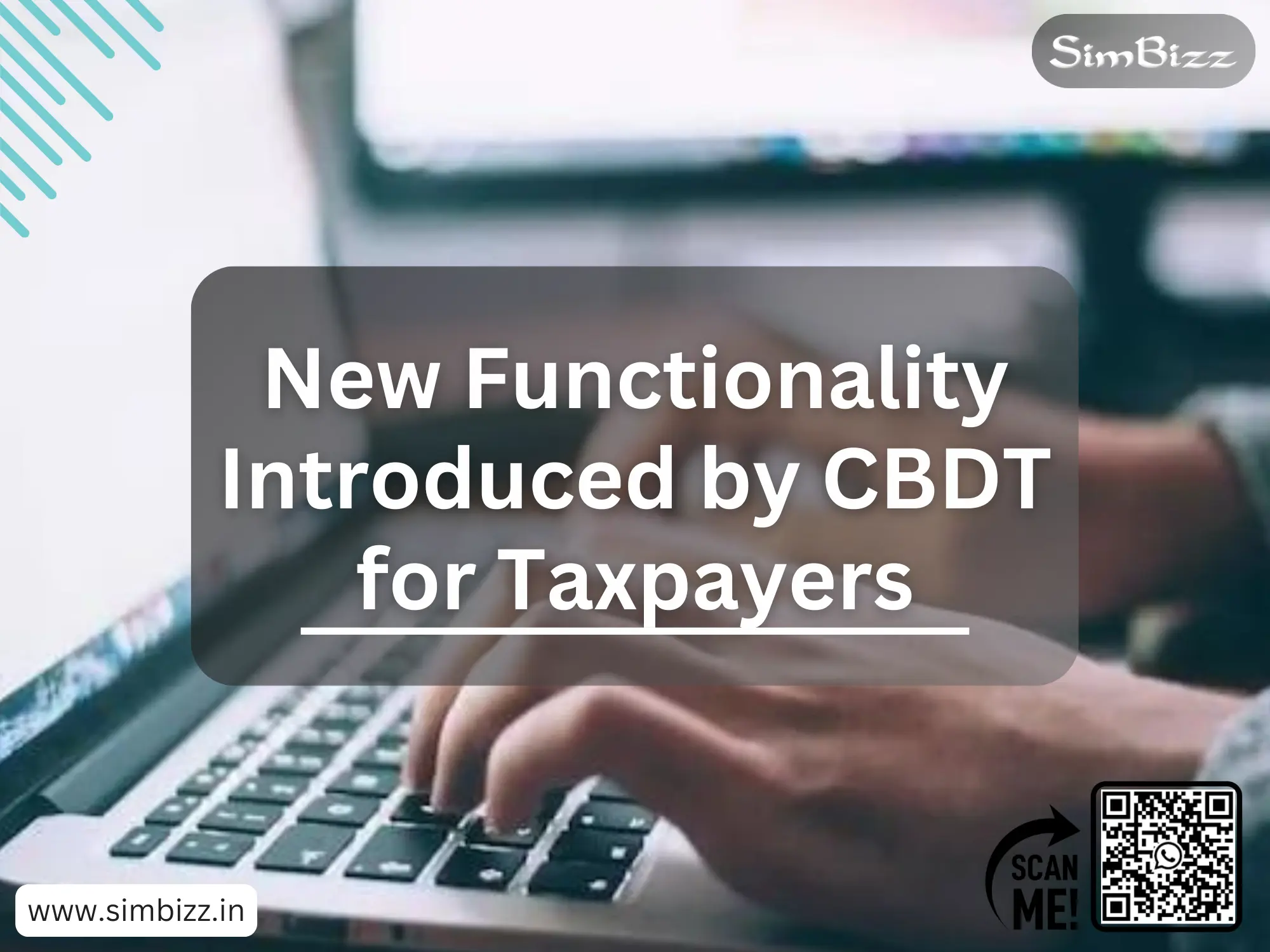The Central Board of Direct Taxes (CBDT) has introduced a new and significant functionality in the Annual Information Statement (AIS) to streamline the information confirmation process. This announcement was made by the income tax department in a statement released on Monday.
Accessible to All Registered Taxpayers
The enhanced AIS is now accessible to all registered income taxpayers through the compliance portal, which can be easily accessed via the e-filing website www.incometax.gov.in. Compiled using financial data gathered from various sources, the AIS offers in-depth insights into the financial transactions carried out by taxpayers that may have implications for their tax obligations.
Empowering Taxpayers
One of the key features of the updated AIS is the provision for taxpayers to provide feedback on each listed transaction. This empowers them to evaluate the accuracy of the information provided by the source. Notably, upon identifying any inaccuracies, an automated process will initiate communication with the source for verification.
Confirmation Process Scope
It is important to note that the confirmation process currently pertains to information provided by tax deductors/collectors and reporting entities. The new functionality in the AIS will enable taxpayers to observe whether their feedback has been acted upon by the source, indicating partial or full acceptance or rejection of the feedback.
Corrective Measures
In cases of partial or full acceptance, the responsibility lies with the source to rectify the information by filing a correction statement. The designated attributes regarding the status of Feedback confirmation from the source will be clearly visible to the taxpayers.
Advancing Transparency
According to the department, the integration of this new functionality into the AIS is expected to notably enhance transparency by providing such vital information to taxpayers. This innovative step by the CBDT underscores their commitment to leveraging technology for the benefit of taxpayers, ultimately fostering a more transparent and efficient tax ecosystem.


